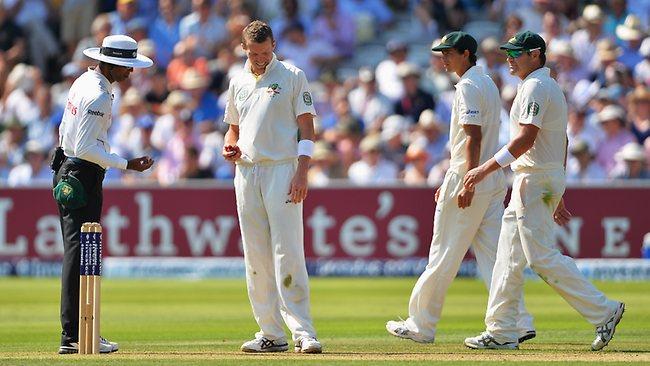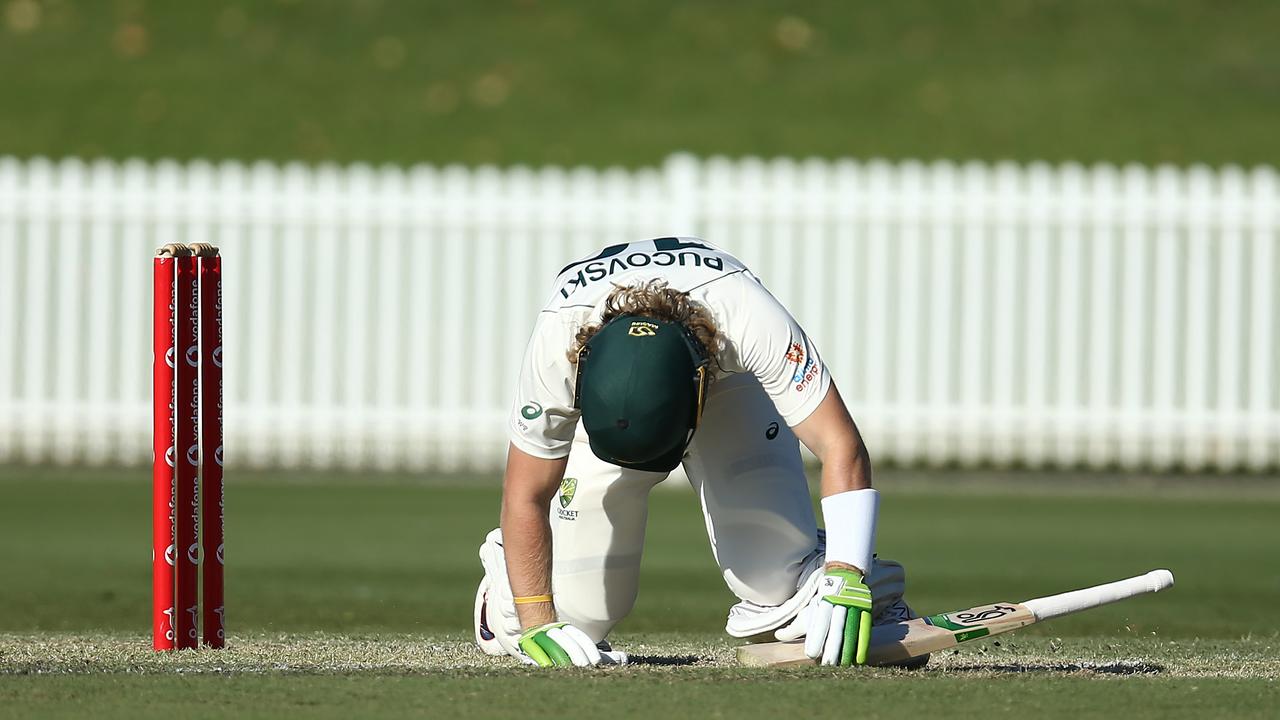Comment: The technology can work but not in the way it's used now
COMMENT: THERE is little wrong with technology in cricket and lots wrong with the way it is used.
Opinion
Don't miss out on the headlines from Opinion. Followed categories will be added to My News.
THERE is little wrong with technology in cricket and lots wrong with the way it is used.
Once again a Test match agonised over the mere fraction of a millimetre when obvious mistakes are not corrected.
On the opening day of the second Test at Lord’s Peter Siddle bowled England youngster Jonny Bairstow when he was on 21, leaving England 5-172 and Australia firmly back in the game.
SMITH WRESTS BACK CONTROL FOR AUSSIES
It broke a dangerous partnership with the prolific Ian Bell just when it appeared the pair were in danger of taking the game away from Australia.
Siddle was mobbed by team mates as he celebrated his first wicket in the game, Bairstow started trudging off no doubt wondering whether there was pressure on his place in the side, and the sun shone brightly during England’s Indian summer.

Then umpire Kumar Dharmasena looked at the replay screen, appeared to notice that Siddle’s front foot was perilously close to the front line, and stopped Bairstow in his tracks half way to the pavilion.
Many long seconds of agony ensued with ever closer replays focussing on whether any part of Siddle’s battered size 11 boot had landed behind a scuffed white chalk line.
HARRIS'S HEART-WARMING COMEBACK
Eventually video umpire Tony Hill ruled that none had and Bairstow was called back, much to his surprise.
It appeared to be the correct decision but again raised a fundamental problem.
If so much time can be spent by umpires examining a no ball which was splitting a millimetre into fractions, why don’t they do it for other important decisions?
Why are the players involved in the decision making process at all?
An argument can be mounted that England clung on to win the first Test at Trent Bridge by just 14 runs because it better used the referral system.
When Stuart Broad smashed a thick edge into Brad Haddin's gloves on 37 that flew to Michael Clarke at first slip there were no millimetres involved.
It was a blatant edge which could have easily been given at the first viewing by the video umpire after onfield umpire Aleem Dar made what could easily stand as the worst decision of the series.
But because Australia had used both of its reviews Broad stayed and went on to make 65. The extra 28 runs were twice as many as Australia’s eventual losing margin.
The Bairstow decision yesterday was a game changer and the players had no say in it. The umpires were entirely in control, as they should be.
So why is the game half pregnant? Why are some video decisions such as runouts, stumpings and no-balls entirely in the hands of umpires and others subject to player appeal?
Why is India happy to have line decisions adjudged by the video umpire but not other decisions which are sometimes blatantly wrong?
Technology is a good thing for cricket. It has improved the number of correct decisions.
Now let's use the science for its original purpose and allow umpires properly trained in the use of technology to remove the howler while the players get on with the game.



